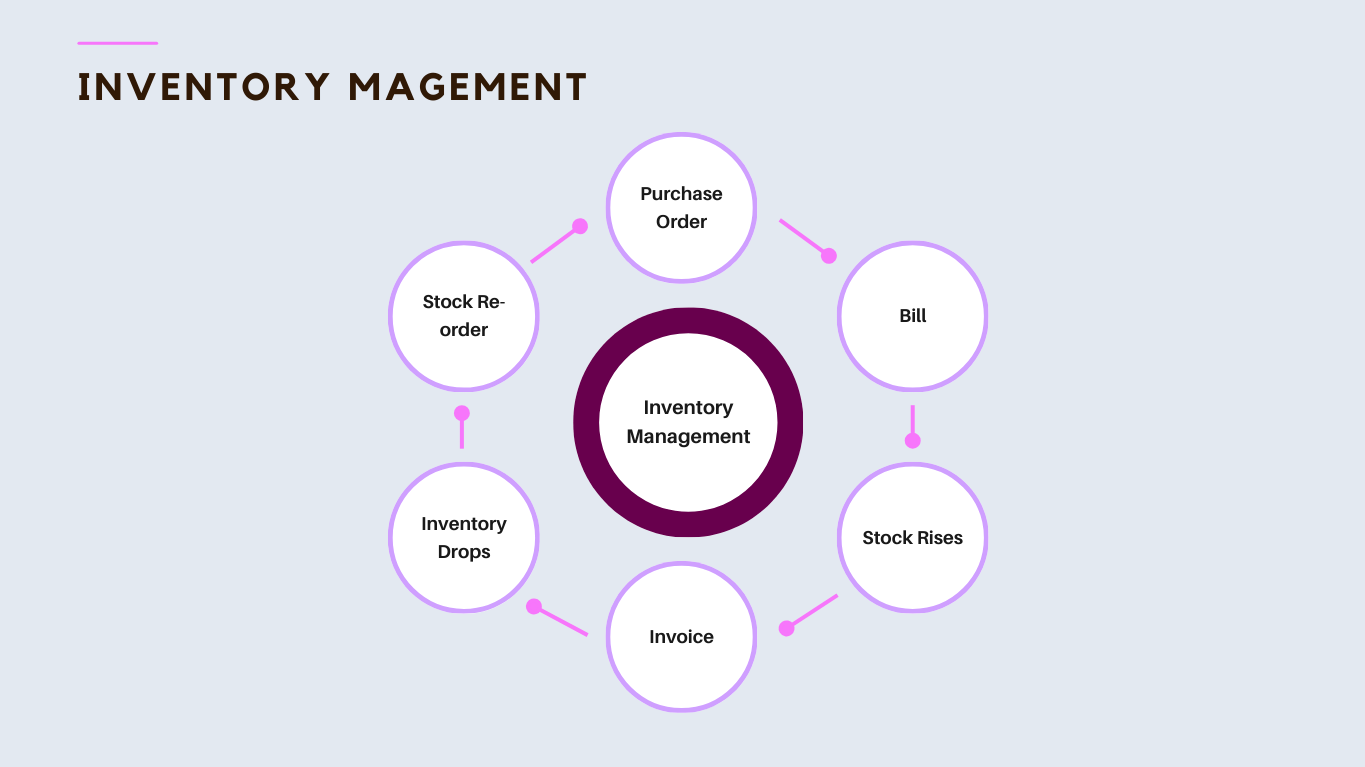Swift deliveries, increased personalisation, and seamless online shopping – this is the reality of eCommerce today. Customers expect constant availability of products and a smooth order process, and failing to meet these expectations can lead to lost sales and damage to a brand's reputation.
To meet these dynamic demands of the industry, eCommerce businesses normally focus on marketing initiatives, customer support, and sales strategies. While these areas are undoubtedly crucial, there's another business aspect that is frequently overlooked yet holds the potential to streamline operations and propel businesses towards their goals: inventory management.
Understanding eCommerce Inventory Management
At its core, what is inventory management? For eCommerce businesses, it’s the process of overseeing and controlling the ordering, storage, and use of products intended for sale online. It involves managing stock levels, tracking inventory, forecasting demand, and ensuring that the right products are available at the right time to meet customer demand efficiently.
Broken down, the inventory management process involves these key stages:
- Ordering: determining the right quantities of products to purchase from suppliers to replenish or maintain optimal inventory levels.
- Storing: efficient organising and storing inventory in warehouses or fulfillment centres to maintain product quality and facilitate easy retrieval.
- Managing: the ongoing monitoring and adjusting of inventory levels, including tracking stock movements, performing audits, and implementing inventory control systems.
- Selling: preparing products for purchase by customers through various sales channels, ensuring timely fulfillment and delivery.
- Forecasting: looking into both external trends and historical sales data to anticipate increased sales opportunities or potential demand fluctuations, ensuring that inventory levels are adjusted accordingly.
An effective eCommece inventory management can mean the difference between a streamlined operation that keeps customers coming back and a disorganised system that leads to overstocking, stockouts, and frustrated customers.

As an eCommerce business, you’re already undoubtedly familiar with this process – but the question is, do you know inventory management well enough to help you scale your eCommerce operations?
5 eCommerce Inventory Management Best Practices
A well-executed inventory management strategy enables businesses to respond swiftly to shifts in demand, capitalise on emerging trends, and maintain a competitive edge. More particularly, optimising inventory levels help your eCommerce businesses minimise stockouts, reduce carrying costs, and enhance customer satisfaction – ultimately improving your order fulfillment operations and helping increase your bottom line.
To achieve an efficient inventory management for your supply chain management, we’ve come up with five best practices that works for eCommerce operations of any scale, whether you’re a startup retailer or an eCommerce enterprise:
1. Implement real-time inventory tracking.
It can be a struggle to track your inventory accurately when your stocks are housed in multiple warehouses and your orders are piling higher. To further complicate things, managing inventory manually can often lead to inaccurate stock levels due to errors, inefficiencies, and lack of visibility across your entire inventory ecosystem. The result? Costly stockouts or overstock situations that can disrupt sales.
Real-time tracking, on the other hand, allows you to monitor inventory movements instantaneously, providing transparent and updated visibility into stock levels across multiple locations. This ensures that stock levels are always aligned with actual demand, allowing you full control over your inventory.
2. Leverage data analytics for demand forecasting.
Forecasting is a method of predicting future sales so that you can make informed decisions about how much inventory to purchase and maintain. By analysing past sales trends, seasonality, and market shifts, you can easily adjust your inventory levels to meet anticipated demand without overstocking or running out of product.
When you use data analytics tools to analyse your historical sales data and market trends, you can make precise demand forecasting and informed purchasing decisions. This is also where you ensure your inventory data is accurate – to avoid costly mistakes.
3. Implement real-time inventory tracking.
Auditing and reporting are essential for ensuring that financial reports reflect the true value of your eCommerce business's inventory. Through regular audits and analysis of inventory metrics — such as turnover rates, order accuracy, and carrying costs — you’ll be able to swiftly identify inefficiencies, act on opportunities for improvement, and address issues promptly.
4. Adopt an automated inventory management system.
Managing inventory manually – including all three best practices above – will become increasingly complex and inefficient as your business scales. With an automated inventory software, you can eliminate the manual processes that are susceptible to errors and delays. You can also seamlessly integrate them with other business tools, such as your eCommerce platforms and accounting software, providing a more cohesive and efficient workflow.
Ultimately, automation can help you free up valuable time so you can focus on strategic activities rather than routine tasks, allowing you to scale your eCommerce business more effectively.

5. Optimise your supply chain.
To truly make a difference in your eCommerce inventory management processes, you need to go beyond managing your inventory – you also need to look at other factors that impact this critical process of your business. Long lead times, unreliable suppliers, and inefficient logistics; a disorganised supply chain, for example, can affect your inventory restocking.
By working closely with suppliers to reduce lead times and improve supplier reliability, you can maintain timely and accurate inventory levels. Moreover, partnering with efficient 3PL fulfillment centres like SKUTOPIA who utilise robotic order fulfillment technology can further significantly improve your inventory management efficiency, enabling you to compete more effectively in a dynamic market.
By mastering these areas and focusing on continuous improvement, you can maintain the delicate balance of holding just enough inventory without tying up too much capital. Consequently, this level of control leads to improved customer satisfaction and loyalty, which are the ultimate barometers of success in the competitive world of eCommerce.
The Critical Role of an Inventory Management Software
While the above best practices can work for eCommerce businesses of all sizes, inventory management processes are not one-size-fits-all solutions. Tailoring your approach to fit your specific business needs and customer demands will yield the best results. To do that, you need the right technology to customise your processes while allowing you to scale and reach your goals.
This is where an eCommerce inventory management software is critical: it will help you stay on top of your inventory while providing the flexibility you need to respond to rapid changes.
But keep in mind: the best eCommerce inventory management software for your business, first and foremost, must integrate well with your eCommerce platform and order fulfillment systems. This integrated approach will not only help you improve your inventory management, but also streamline your supply chain. From there, it will be much easier to adhere to the best practices and master your eCommerce inventory management.
Ready to be in command of your inventory all in one smart, easy to use system? Explore SKUTOPIA’s inventory management software, powered by our Shipping Platform.
.jpg)
